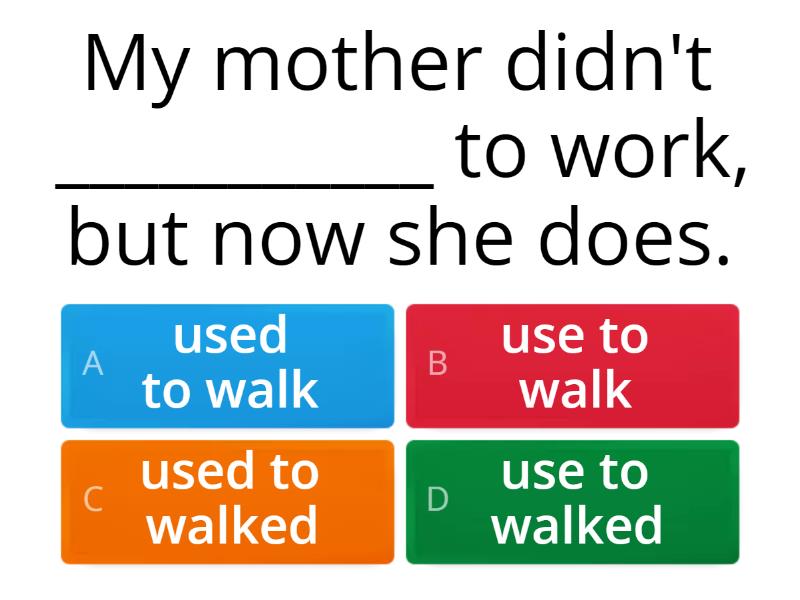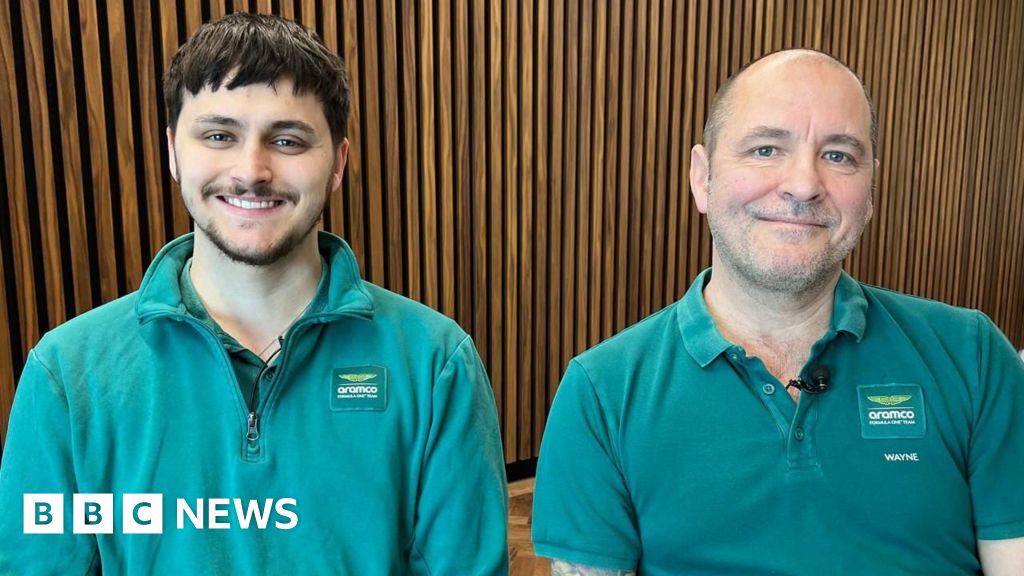- The English Breakfast
- Posts
- Did you use to make this mistake? 🤭
Did you use to make this mistake? 🤭
Migliora il tuo inglese oggi - Business English For Italian Professionals
Hi there,
I hope you had a great week.
Let’s get started with this week’s edition of The English Breakfast—the weekly newsletter full of tips and tricks for Italian professionals who use English at work.
Grab yourself a coffee and let’s go…
Did You Use to Do This Too? 🇬🇧
If I told you, “I used to live in the UK 🇬🇧,” what would you understand?
What does used to mean in this sentence?
👇 Watch the video below to find out how to use this phrase properly in English — and how to avoid a really common mistake!
@danieltannerenglish Cosa vuol dire “used to”? #ingleseperitaliani #learnenglish #imparareinglese #englishtips #businessenglish
Let’s Review What We Learned
We use used to to talk about things that were true in the past but are no longer true.
It’s especially common when describing past habits or situations that changed.
✅ Structure:
Subject + used to + base verb
✅ Examples:
I used to go to the office every day.
She used to live in London.
We used to speak English at work.
These all describe things that happened regularly in the past, but don’t happen anymore.
🚫 A Common Mistake
I often hear students say things like:
I used to go to the office every day.
We used to speak English at work.
These sentences are grammatically correct, but students often use them when they’re talking about present habits — things they still do.
So what’s the problem?
If you’re describing something you do now, don’t use used to. Instead, use the present simple with a frequency word like usually or often.
🧩 Compare:
Incorrect for present:
❌ I used to go to the office every day.
Correct for present:
✅ I usually go to the office every day.
Incorrect for present:
❌ We used to speak English at work.
Correct for present:
✅ We often speak English at work.
📌 Rule Reminder
✅ Use used to + base verb for habits and states that were true in the past but are no longer true.
❌ Don’t use used to to describe things you still do — use the present simple instead.
💬 Now It’s Your Turn!
Can you think of something you used to do but don’t do anymore?
Or something you didn’t use to do, but now you do?
👉 Hit reply and tell me! I’d love to read your answers. 😀
It’s quiz time 🎲
Let’s put your skills to the test. Do you know when to use used to or the past simple? Try the quiz below to find out.
Can you get all 15 questions right? Let’s go!
From kitchens to F1
Want to see how used to is used in real life?
Find out how this father-and-son team went from working on kitchens to one of the most high-tech sports in the world.
Challenge:
As you read, look out for every example of used to + base verb.
👉 How many can you find? What do they tell you about the writer's past?
Hit reply and let me know what you spot — I'd love to hear your examples!
Vuoi sentirti più al tuo agio quando devi parlare inglese al lavoro?
Clicca sul link qui sotto per vedere i corsi che offro. Sono privati e su misura per te.
Oppure rispondi a questa email per parlare dei tuoi obiettivi e per vedere se posso aiutarti a raggiungerli—senza alcun impegno, naturalmente.
Cos’aspetti? Get in touch now! 😀
All right, that’s it for today’s edition. What did you think? Reply to this email and let me know 📧
“😍 Loved it”
“🙂 It was OK”
“😐️ There was nothing for me“
Ciao for now,
Dan

Daniel Tanner
#englishlesson #learnenglish #learnenglishforfree #speakenglish #howtospeakenglishfluently #englishconversation #englishgrammar #fluentenglish #businessenglish #ingleseperitaliani #imparainglese #inglese #ingleseperlavoro #pronunciainglese #grammaticainglese #englishteacher #englishcoach #insegnatediinglese
All rights belong to the owners. No copyright infringement intended.




Reply